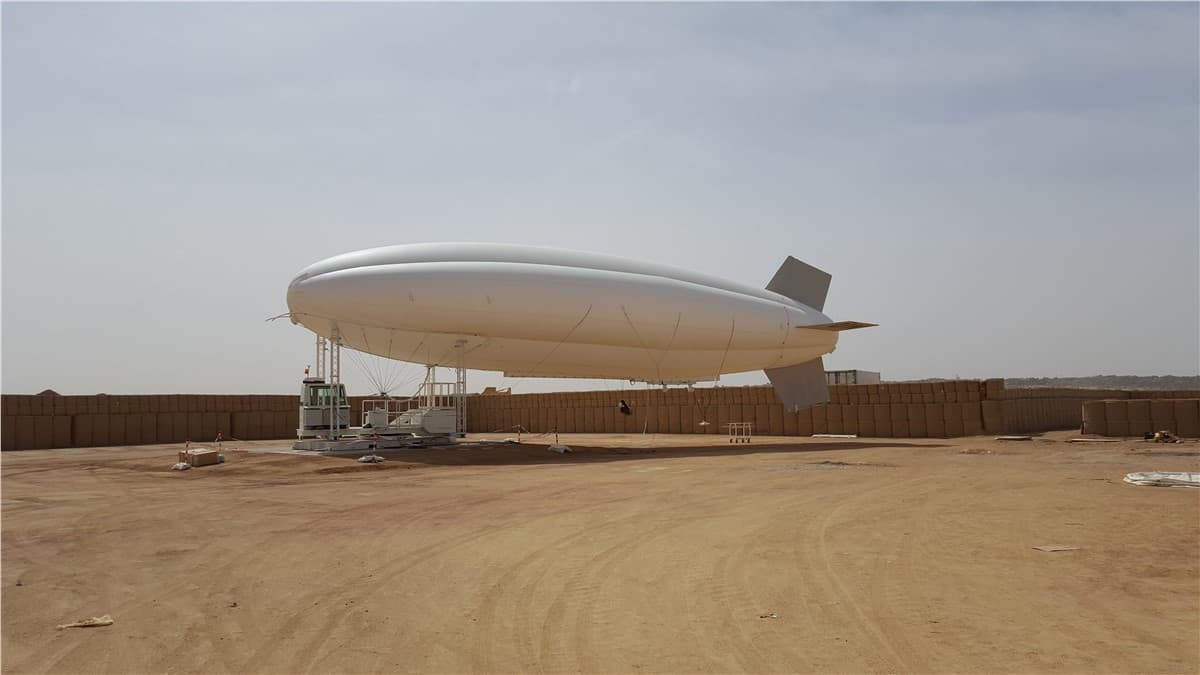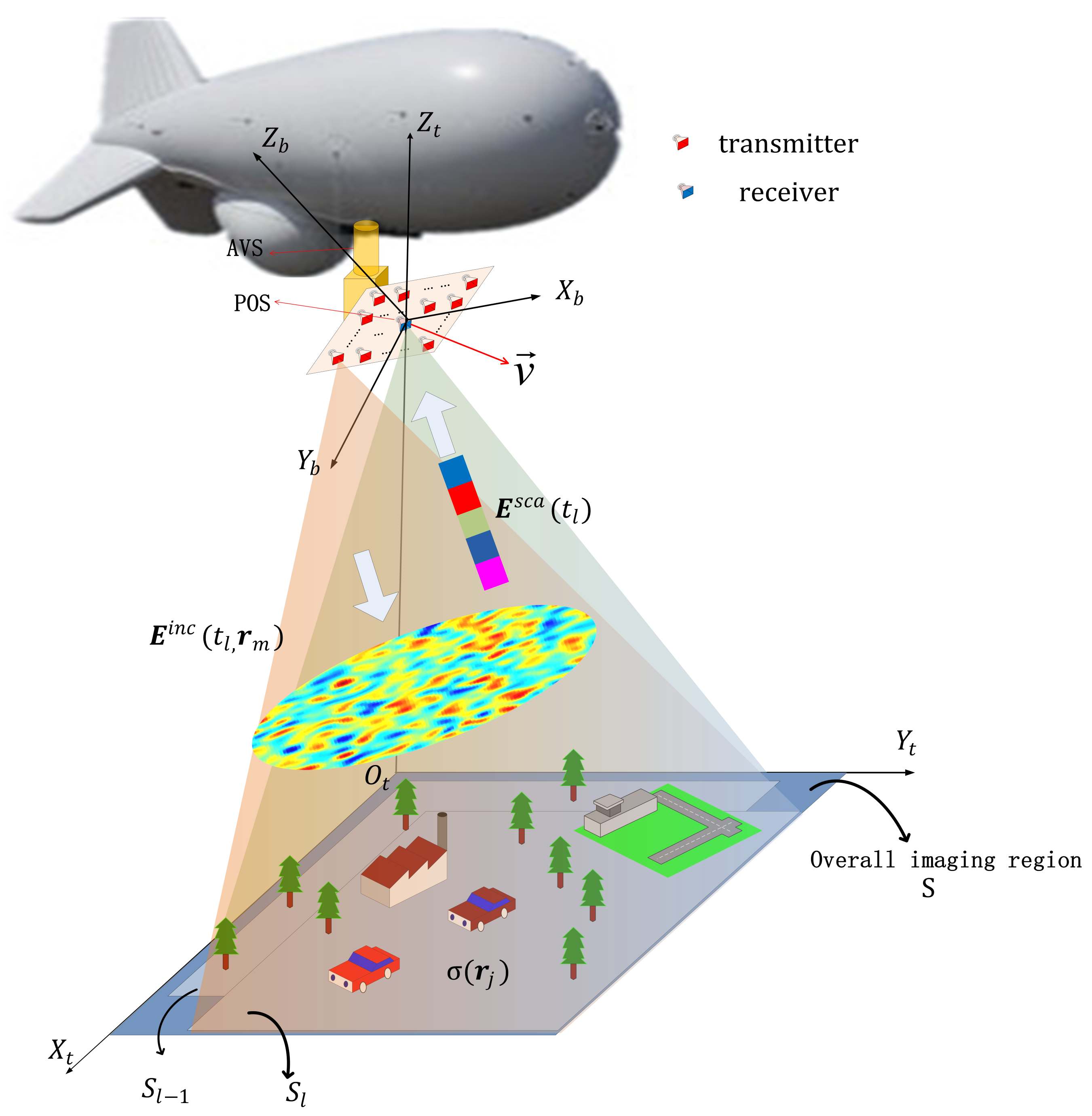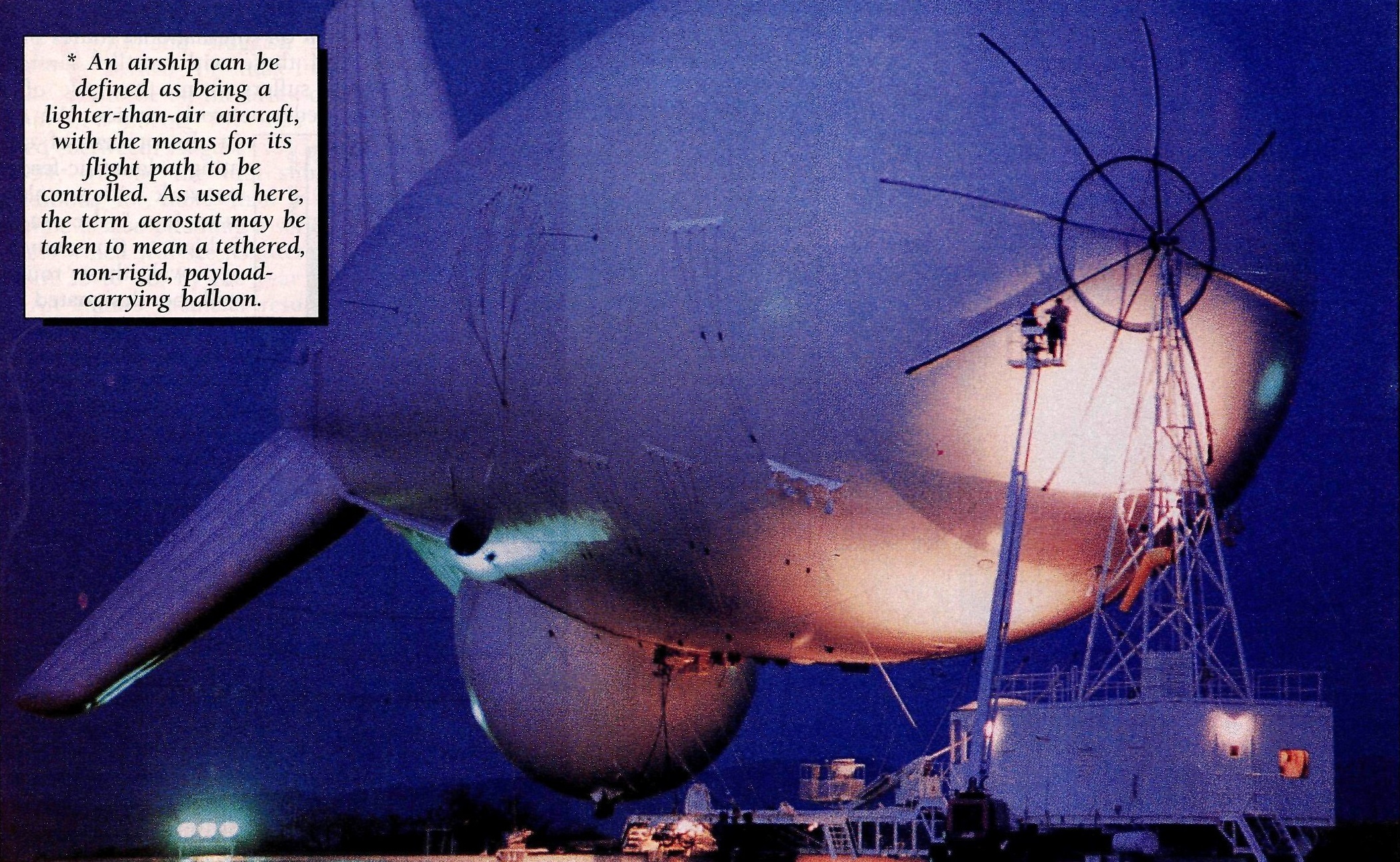Military Aerostat - From a distance, it looked like a scene from a novel by H. G. Wells In 2003, a series of airship-shaped aircraft continued to rise over the arid terrain of Afghanistan.
The unusual-looking ships - helium-filled aircraft called aerostats - rose to an altitude of 15,000 feet and floated silently in the air, each secured to a mooring system on the ground by long chains.
Military Aerostat

The rebels were surprised by what they saw on the ground. The Air Force does not appear to be moving, nor is it firing missiles or bombs.
Military Launches Second Jlens Aerostat
When the rebels began targeting coalition forces expecting some of their covert operations, they realized that those alien-looking planes were watching and recording their every move through a new surveillance program called the Persistent Threat Detection System (PTDS).
The use of hot air balloons for surveillance purposes has a long history, from the use of hot air balloons during the Civil War to the deployment of attached aerial vehicles to monitor drug activity in the Caribbean.
But in 2003, Lockheed Martin engineers began upgrading the hulls of existing Navy balloons with new, durable materials capable of achieving lift while carrying larger loads of sensors, cameras and audio equipment. Lined with a combination of copper wire and fiber optic cable, the new tethers transmitted data to a ground control station, which then disseminated real-time information of enemy activity to operating forces.
Balloons have proven to be an invaluable reconnaissance tool, gathering intelligence 24 hours a day from 100 miles in any direction for weeks on everything from planting IEDs in remote locations to extorting money from intelligence officials. Afghan police from civilians. Illegal checkpoint
Paris Air Show: Rt Lta To Present The Skystar 180 Aerostat System
In total, some 66 PTDS balloons have been deployed in Iraq and Afghanistan since 2003, as the program has evolved into a multi-mission surveillance platform equally adept at protecting convoys in transit as it provides intelligence on movements. of the enemy troops.
Because of the success of the PTDS balloons, Lockheed-Martin is developing a High Altitude Long Endurance Demonstrator (HALE-D), which is fully assembled at 60,000 to 70,000 feet. Used in conjunction with satellites and low-flying surveillance aircraft, these balloons will provide multi-layer surveillance capabilities, increase situational awareness in theaters of war, and maintain surveillance of US and allied forces around the world. .
Subscribe to Lockheed Martin's Vector Star newsletter to receive articles about innovative projects Lockheed Martin scientists and engineers are currently working on. Similar systems include EL/M-2083 and JLS

Balloons are large inflatable balloons filled with helium, and can rise to 15,000 feet (4,600 m) while attached by a cable. The larger, low-level, low-visibility radar lifts a 1,000 kg payload to operational altitude. Balloons consist of four main parts or assemblies: hull and fins, windshield and radar platform, aerial power generator, and rigging, and tether; They are kite balloons that gain aerodynamic lift from relative winds and are likely lighter than air.
Palantir's God's Eye View Of Afghanistan
The hull of the aerostat consists of two parts separated by a gas-tight fabric partition The upper chamber is filled with helium and provides the lifting capacity of the aerostat The lower chamber of the hull is a compartment of the 'pressurized air The hull is made of lightweight Tedler fabric coated with polyurethane An aerial genset supplied by a 100 liter diesel fuel tank drives the generator.
Since the late 1990s, Aerostat sites have been equipped with Lockheed Martin 420K Aerostats. The airship carries as its primary payload the Lockheed Martin L-88, a surveillance radar with a range of 370 km (200 nm). The 420K's envelope shape, fin design and cable attachment points are also optimized for high aerodynamic stability and easy handling on the ground. Lockheed Martin was the prime contractor for the 420K aerostat, while the fuselage was built by ILC Dover.
In 2004, all but one TARS site was equipped with 420K balloons. The exception is the Kudzo Key, which uses two smaller, but otherwise identical, Lockheed Martin 275K airships. One carries the L-88 (V) 3, a lightweight L-88 derivative, while the other is used to broadcast the TV Radio e Television Marti program in Cuba.
The first balloons were delivered to the US Air Force in December 1980 in Cuddy Key, Florida. In the 1980s, the United States Customs Service operated a network of balloons to prevent illegal drug trafficking. Its first site was built in Grand Bahama High Rock in 1984 A second site was built in 1986 at Fort Huchuca, Arizona
Army Civilians Clear Way For Aerostat Operations
Before 1992, three agencies operated the TARS network: the Air Force, the United States Customs Service, and the United States Coast Guard.
Overall responsibility for the program rested with Customs and the Coast Guard, with the Air Force acting as executive officer until the US Congress transferred management to the US Department of Defense in 1991 and 1992. In 1991, the United States Congress transferred five balloons to the Department of the Army to be used primarily in the investigation of drug compliance in the Gulf of Mexico. However, after that transfer, the Department of the Army parked them and refused to operate them from January 1992.
Under Air Force management, through contract consolidation and system standardization, operations and maintenance costs per site were reduced from $6 million in fiscal year 1992 to $3.5 million in 2007.

Since 2003, approximately 66 Persistent Threat Detection System (PTDS) balloons have been deployed to Iraq and Afghanistan to protect convoys in transit and provide intelligence on AMI troop movements.
Unmanned Aerostat To Protect Forward Operating Base
After success with PTDS, which overlooks cities and large organizations, the US Army was interested in fielding a scaled, less extensive system called the Persistent Ground Surveillance System (PGSS), suitable for bases advanced operations.
The Budget Control Act of 2011 cut funding for the Air Force, leading to efforts to curb the project.
However, the Tethered Aerostat Radar System (TARS) project and its funding have been committed since fiscal year 2014. Received.
Operators launch balloons from a large circular launch pad that houses a fixed or mobile mooring system. The mooring system consists of a large winch with 25,000 feet (7,600 m) of tether cable. Operational availability is limited only by weather (by port standards) and routine maintenance downtime. The balloons are stable in winds below 65 knots (120 km/h). The availability of balloons and communication on average of more than 98 percent throughout the system.
Eyes In The Sky: Singapore Launches Enormous Military Spy Aerostat
For safety and security reasons, the airspace of the balloon sites is limited to at least two to three statute miles and altitudes up to 15,000 feet (4,600 meters).
The primary mission is to conduct low-level radar surveillance along the US-Mexico borders, the Florida Straits and the Caribbean to support federal agencies involved in the nation's drug interdiction programs. A secondary mission is to provide low-level surveillance coverage to the North American Aerospace Defense Command for air sovereignty over the Florida Straits. Airborne radar data from NORAD and the United States Available to Customs and Border Protection
The sites located in Morgan City, Louisiana, and Matagorda, Texas are cold storage facilities. The contract management office and logistics center are located in Newport News, Virginia, and El Paso, Texas, respectively. Corporations and the military don't call them kite balloons It's not sexy To them they're "balloons". Most of us have seen them in the newsreels of the First World War They were used to prevent strafing and low-level bombing and were called "barrage balloons". But, in the language of "airport", the area of air vehicles and transport known as "lighter than air" (LTA), an area related to but distinct from "airplane", a balloon in aerodynamic shape on a string is a kite balloon. . . This is his proper name

An "aerostat", on the other hand, is something that contains a gas lighter than air and can stay at a certain height, so kite balloons, hot air balloons, hot air balloons and aircraft like and dirigibles and dirigibles are all aerostats. So is the child's toy balloon Since the Air Force and the Army in general prefer technical and masculine terms applied to their systems and products, kite balloons are never called kites. For them they are "balloons".
The 28m™ Tactical Aerostat System: Enhanced Surveillance Capabilities For A Small Tethered Aerostat
I worked in three programs that used Kit Balloon The article on Issuu.com (above) is about two of them, TARS or Tethered Aerostat Radar System and SBAS, Sea Based Aerostat System. Originally TARS was under the Air Defense Command and was used to monitor Russians as they flew in and out of Cuba, but in 1985, when I joined the RCA Aerostat System, they were being used for drug use. There were two sites operated by the Air Force One of the Florida Keys, on Cudjo Key, whose radar can see Cuba The other site was at Cape Canaveral Air Force Station
I spent a lot of time on marine balloon systems, first as a quality control engineer and later as a project engineer.
The third program I employed was on Kite Balloons, the Persistent Threat Detection System, and it came much later in my life than the first two. Description of this system
Military drone range, laser range finder military, military range bags, military range targets, long range military radio, military radio range, military range finder, military long range binoculars, range rover military discount, military range rover, range of military drones, military range bag
0 Comments